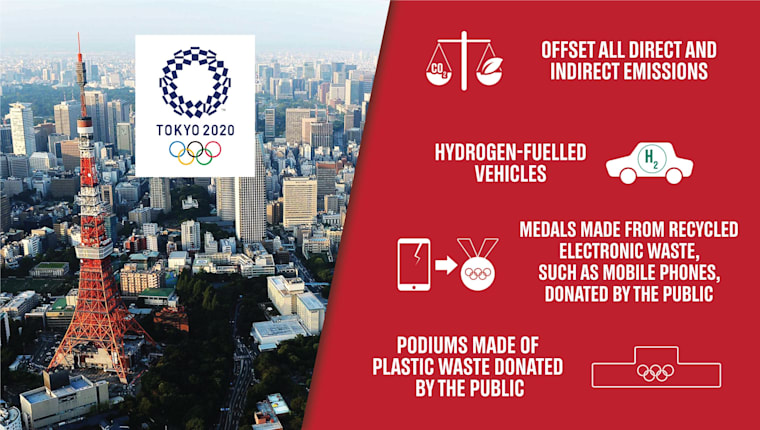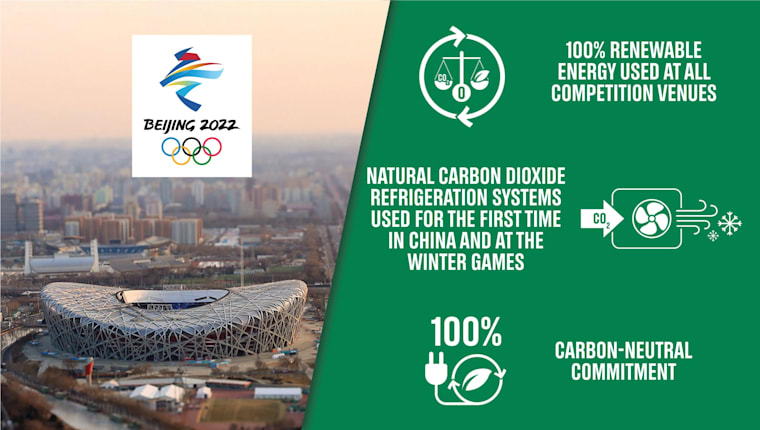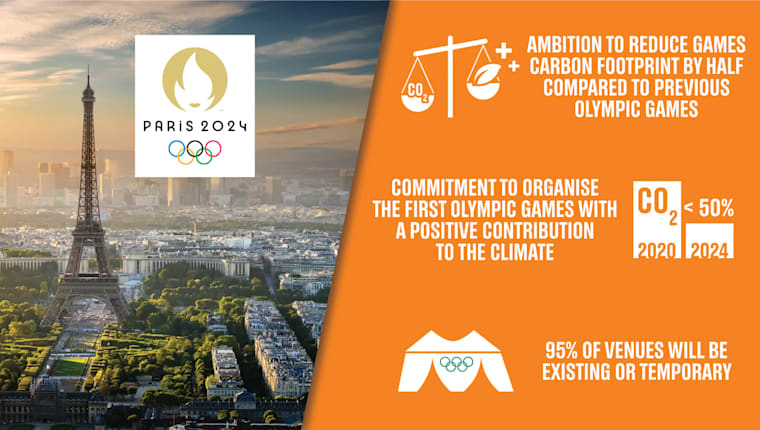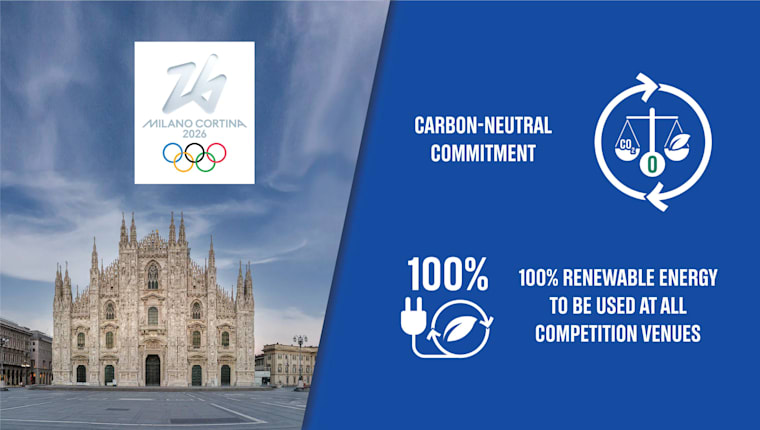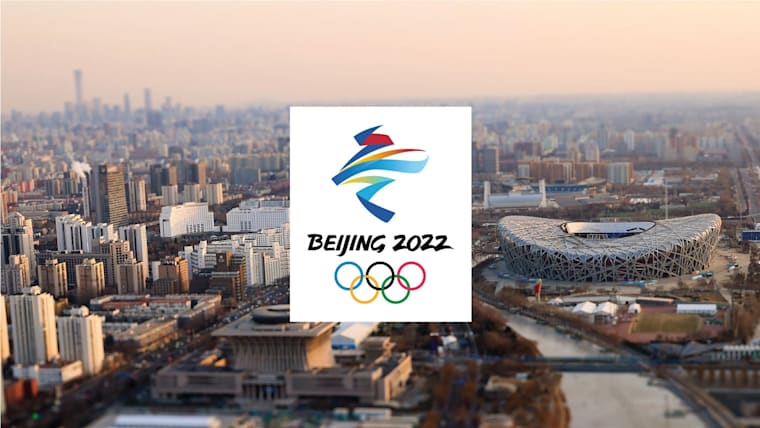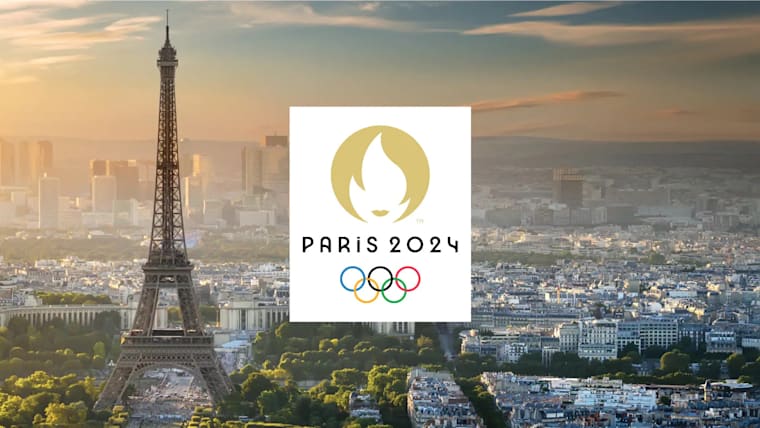The IOC’s climate commitment
In response to the growing climate crisis, the IOC is aligning with the Paris Agreement on Climate Change.
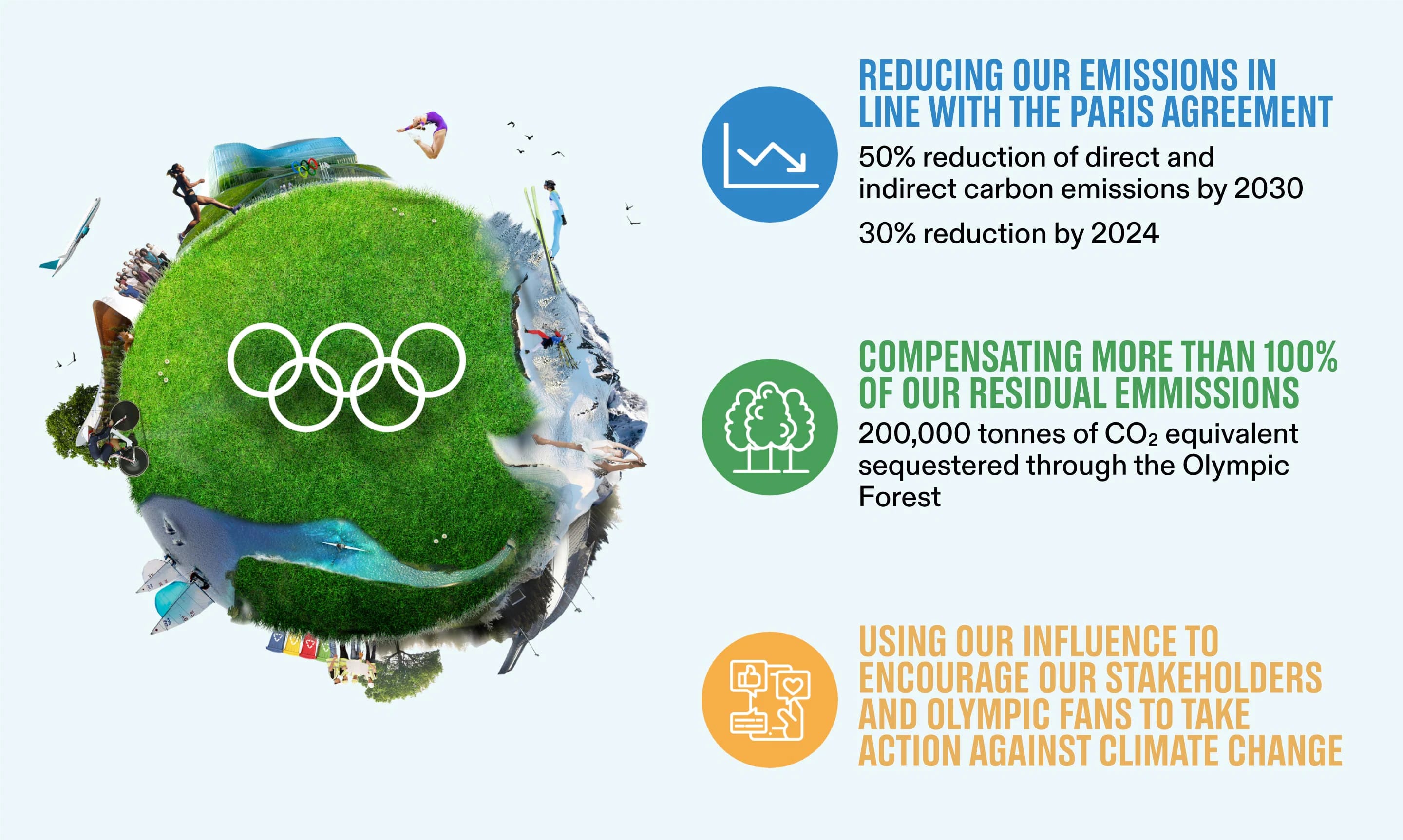
In October 2021, we committed to reducing our direct and indirect emissions by 30 per cent by 2024 and 50 per cent by 2030, in line with the Paris Agreement.
In addition, we committed to compensating more than 100 per cent of our residual emissions through our Olympic Forest project, which will also greatly help local populations.
Finally, we will use our influence and encourage stakeholders and Olympic fans to take action against climate change so that they too can become game-changers.
IOC carbon footprint
Key contributors to the IOC carbon footprint in 2022

The IOC’s carbon footprint covers the emissions from our daily activities in Lausanne and Madrid and from our corporate events organized in Lausanne and abroad. This includes the operation of our buildings, business trips (by IOC staff, consultants, guests and IOC Members), local transport, employee commuting and the procurement of various goods and services.
Our carbon footprint is largely dominated by travel, and varies considerably year-on-year depending on locations of the host countries for the Olympic Games, Youth Olympic Games and our corporate events. The data presented below represents our best estimate of our Scope 1, 2, and 3 emissions, based on currently available data and according to the GHG Protocol methodology.
*CO2 travel emissions directly linked to the Olympic Games Tokyo 2020, which were postponed to 2021, were excluded from the IOC’s 2021 carbon footprint and added to the IOC’s 2020 carbon footprint




